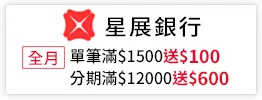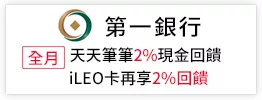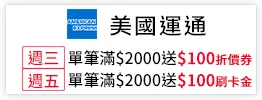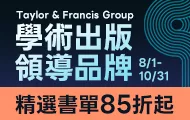This highly original new book by a leading Shakespeare expert and cultural critic argues controversially that the ’samurai Shakespeare’ of the Japanese cinematic and theatrical masterpiece-makers Akira Kurosawa and Yukio Ninagawa represents the greatest achievement of Japanese Shakespeare reproduction. Holderness argues that ’samurai Shakespeare’ is both consistent with our own western engagement with Japan, and true to the spirit of Japanese culture. / Shakespeare was an exact contemporary of Tokugawa Ieyasu. Yet when he was first imported into Japan, in the late 19th century and early 20th centuries, the plays were performed in contemporary dress, not in the conventional British historical styles, and received as the modern counterpart of Ibsen and Shaw, Gorky and Chekhov. / Today in Japan the Edo past is lovingly preserved, reproduced and displayed. Almost 30 million international tourists enter Japan each year to visit the old capitals of Kyoto and Nara, drawn by the magic of Edo castles, ancient temples, swords and samurai, geishas and sumo, maple leaves and cherry blossom. At the same time Japan represents itself as a society of ultra-modernity, free from the burdens of the past. This book examines why and how early Japanese Shakespeare was assimilated to the modernising and westernising tendencies of the Meiji regime, and kept well away from that very recent but dangerous feudal past of Edo Japan to which at least some of the plays should surely have been seen to belong. / When Shakespeare was finally integrated with the Edo past, it was to a contradictory mixture of acclaim and condemnation. In 1957 Akira Kurosawa released his great film Kumonosujo, known in the west as Throne of Blood, where the plot of Macbeth, without Shakespeare’s language, is brilliantly relocated to feudal Japan, and which has been described variously as ’the most complete translation of Shakespeare into film’ and as ’not really Shakespeare at all’. Kurosawa followed Kumonosujo much later in 1985 with his samurai version of King Lear, Ran. In the theatre Yukio Ninagawa staged in 1980 what is perhaps the greatest ever Japanese production of Shakespeare, his Macbeth set in mediaeval Japan. Ninagawa produced The Tempest in an equally traditional style, as ’A Rehearsal of a Noh Play on the Island of Sado’ (the island to which Zeami, the great playwright of Noh, was exiled). Across a period of 30 years (1957-1987) these great theatre and cinema artists finally resolved the conflicts between Shakespeare and Japan by setting the plays back into their own beloved but disputed past. These ’Samurai Shakespeare’ productions were initially received in the west and in Japan with enthusiasm, though not without some critical reflection on the dangers of ’exoticism’ and ’orientalism.’ / However, after this great florescence of ’samurai Shakespeare’ (1957-1987), the theatre in Japan returned to its Shingeki roots, preferring modernity to tradition. The phenomenon of Edo Shakespeare became a definitive cultural moment, and many subsequent productions allude or pay homage to the work of Fukuda, Kurosawa and Ninagawa. However ultra-modern a Japanese Shakespeare production may be, it has had the facility to acknowledge the country’s own past as one of Shakespeare’s multiple global histories. At the same time ’Samurai Shakespeare’ can be found alive and well in other Japanese media, especially Manga. / This is an important study of the complexity and contradictions of crucial cultural and historical moments in Japanese history, and in the relations between Japan and the West. / Contents: Introduction: Shakespeare and Japan / 1 ’Show me a samurai’ western admiration of Edo culture, 1890-1900. / 2 Modernity and tradition in Japanese theatre 1900-1957. / 3 Tsuneari Fukuda / 4 Akira Kurosawa / 5 Yukio Ninagawa / 6 ’Samurai Shakespeare’ in Japanese theatre 1980-2000. / 7 Conclusion: Manga Shakespeare. / Bibliography, Index.



 天天爆殺
天天爆殺  今日66折
今日66折 



















 博客來
博客來 博客來
博客來 博客來
博客來 博客來
博客來 博客來
博客來